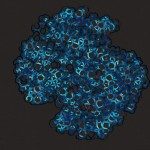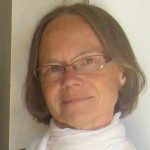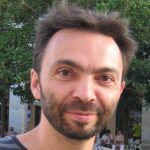Link to Pubmed [PMID] – 11867639
J. Biol. Chem. 2002 May;277(19):16606-13
MalT, the transcriptional activator of the maltose regulon from Escherichia coli, is the prototype of a new family of transcription factors. Its activity is controlled by multiple regulatory signals. ATP and maltotriose (the inducer) are two effectors of the activator that positively control its multimerization, a critical step in promoter binding. In addition, MalK, the ABC component of the maltodextrin transport system, and the two enzymes MalY and Aes down-regulate MalT activity in vivo. By using a biochemical approach, we demonstrate here that (i) Aes controls MalT activity through direct protein-protein interaction, (ii) Aes competes with maltotriose for MalT binding, (iii) ATP and ADP differentially affect the competition between Aes and the inducer, and (iv) part, if not all, of the Aes binding site is located in DT1, the N-terminal domain of the activator, which also contains the ATP binding site. All of these characteristics point toward an identical mode of action for MalY and Aes. However, we have identified an amino acid substitution in MalT that suppresses MalT inhibition by Aes without interfering with its inhibition by MalY, suggesting that the binding sites of the two inhibitory proteins do not coincide. The differential effects of ATP and ADP on the competition between the inducer and Aes (or MalY) suggest that the ATPase activity displayed by MalT plays a role in the negative control of its activity.


